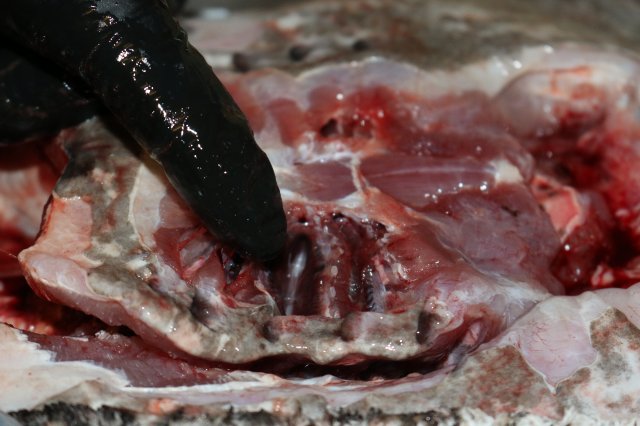Lastly the gills and what I believe to be the heart were exposed. I expected more cartilage so that muscle bundle to the right may be abdominal muscle with the heart lying beneath. No abnormalities that I could recognize.
Phew we made it. There was perhaps more to examine but that's all I had in me between coordinating pictures and trying to work quickly. Next was to give her a proper burial and clean up before my lady came home.
Summary in the next few days.

Phew we made it. There was perhaps more to examine but that's all I had in me between coordinating pictures and trying to work quickly. Next was to give her a proper burial and clean up before my lady came home.
Summary in the next few days.

Last edited:


